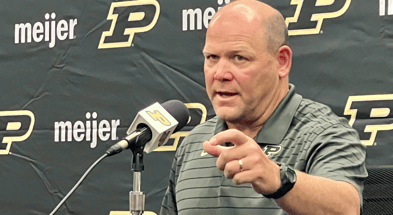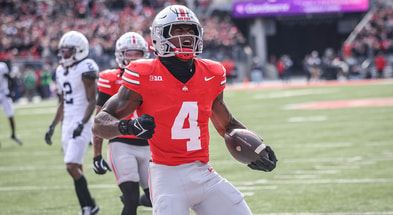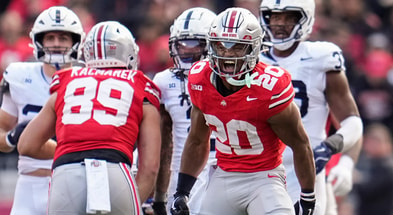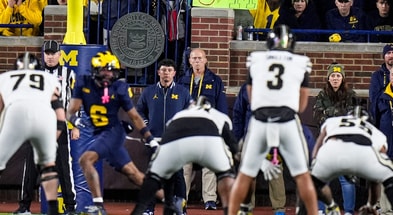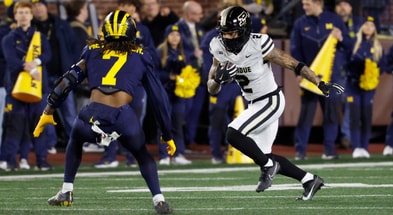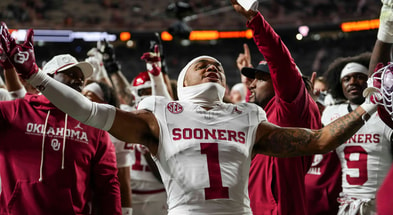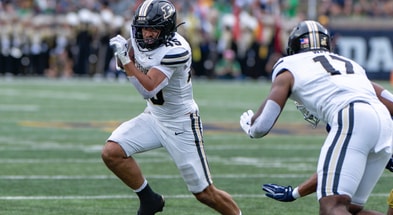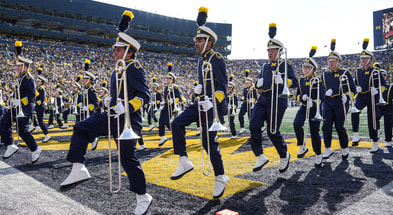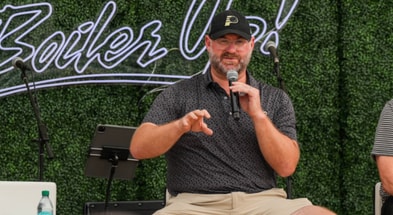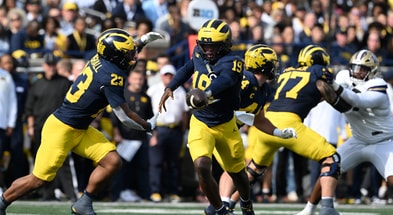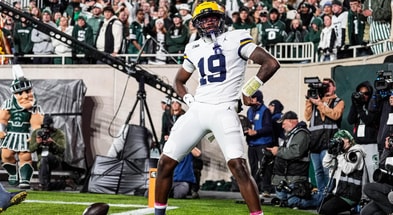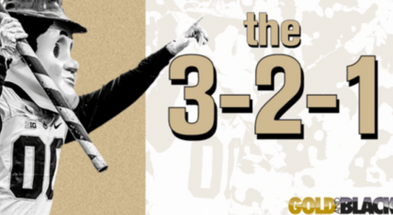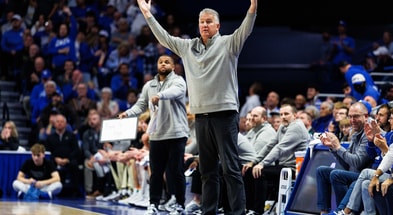GoldandBlack.com Saturday Simulcast: Purdue's new life in the Big Ten and more
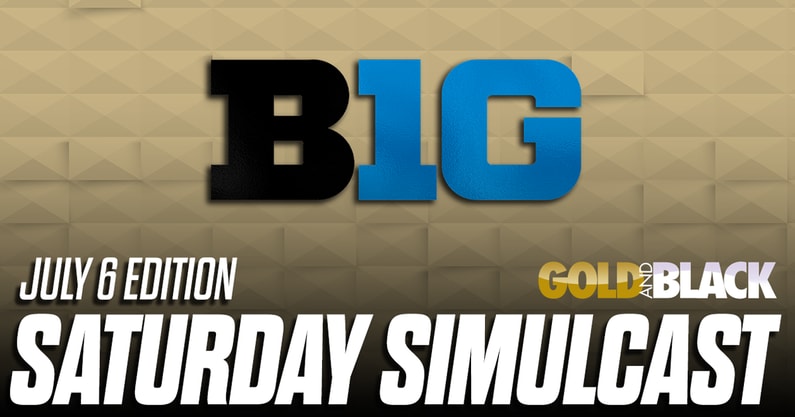
GoldandBlack.com freelancer Mike Carmin and host Alan Karpick break down the brave new world for Purdue in the Big Ten. Carmin details his lengthy interview with Purdue AD Mike Bobinski on various topics. Bobinski, who will start his ninth year at the helm in West Lafayette, faces myriad challenges in his program.

Purdue A.D. Mike Bobinski excerpt
GoldandBlack.com: The next big thing is revenue sharing and the court case, and I know there are a lot of details yet to be finalized. Based on what you know and the framework you think it’s going to work under, how does this impact Purdue starting next year and what is it going to look like?
Bobinski: This upcoming year will be business as is. The 24-25 school year will operate under the existing framework and structure we’ve become accustomed to in recent years. Nothing will be different during this year. In 25-26, that will be the first year – assuming the settlement works its way through the system and remains intact, and again, we have not seen the actual document.
First and foremost, the days of scholarship limits will be over in 25-26. What that means is that certain sports will no longer be restricted to giving any specific number of scholarships, nor will there be a requirement that everybody in certain sports must get a full scholarship. All those things will come off the table as part of this settlement. In its place, limits on rosters. There will be some number you cannot exceed in all the different sports that are going to be offered by teams in our league and across the NCAA. That process is underway trying to identify what those roster limits should look like in 25-26. In lots of cases, they won’t look a whole lot different from what they look like right now. You’ll just have more financial aid flexibility in how you provide financial aid in the event resources are available. You might want to reallocate or provide greater emphasis in a sport or two that maybe you have a chance … ‘only if they had another scholarship or a handful of scholarships they could make a competitive jump.’ There will be strategic decisions that have to come around that.
MEN’S BASKETBALL: Emotional moment for former Purdue players after Final Four run
Two other pieces – the payment of the damages portion of the settlement, which will result in an impaired level of NCAA distribution for what looks like a 10-year period of time, and that will not be insignificant. That’s money right off the top we’re getting, and we’re using to operate our program, and we’ll be getting less of it as we work through the implementation of those damages.
Top 10
- 1New
Heisman Trophy Poll
Top 10 rankings after Week 10
- 2Hot
Bowl Projections
Full list of postseason matchups
- 3Trending
Auburn Hot Board
Top candidates to replace Freeze
- 4
Dabo Swinney
Reprimanded by ACC, Clemson fined
- 5
AP Poll
Big shakeup in Top 25
Get the Daily On3 Newsletter in your inbox every morning
By clicking "Subscribe to Newsletter", I agree to On3's Privacy Notice, Terms, and use of my personal information described therein.
The big piece is the revenue-sharing opportunity, which will be based on your percentage of media rights, your sponsorship rights and your gate sales, your ticket sales. Those are the elements that are to be shared. Exactly how that gets done, no one yet … we don’t have the ability to specifically plan to that at this point and time because we don’t have enough details yet on how that should be executed from a Title IV perspective, from a minimum to certain sports or not perspective. There are a lot of decisions yet to be made before you can actually move in any real way toward executing that plan. That’s got to get figured out here in the next 4-6 months because you start to sign people and recruit to that class. That will be an element, in some sports, an item for consideration. Knowing what that is going to look like sooner than later is important. But there are weighty questions you have to deal with before you get there. We’re working through that.
GoldandBlack.com: You also have to deal with the current players that are here.
Bobinski: Exactly. All of that has to be woven into a puzzle that fits together. A revenue-sharing cap is what it sounds like. It’s a cap. From a Purdue perspective, we are all for that. In today’s environment, where we have a sort of unregulated, unlimited, whatever you can find can be delivered under the guise of NIL, which is a term to be used very loosely. Real NIL, true NIL, absolutely – 100% we’re all for it.
